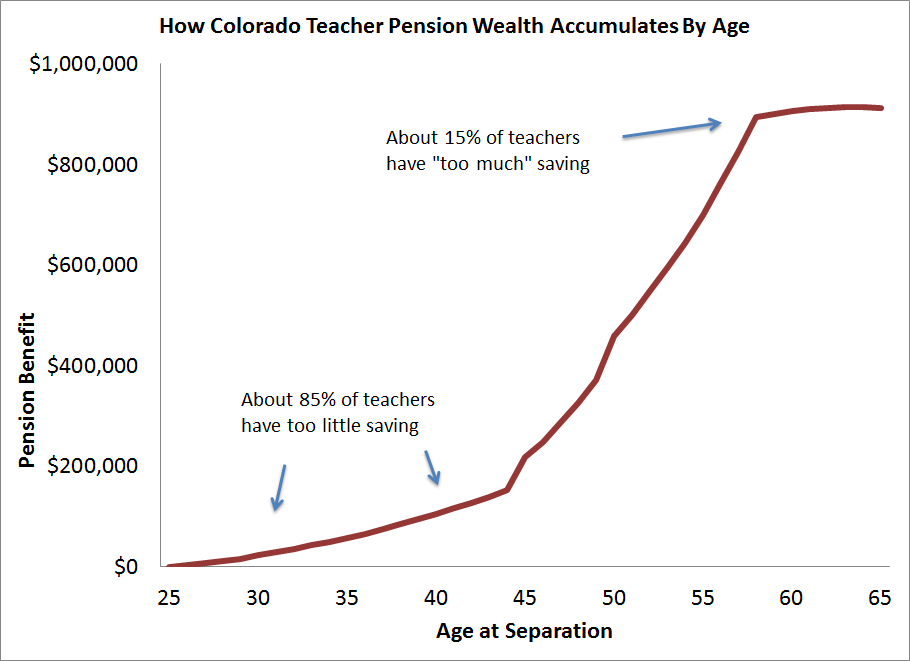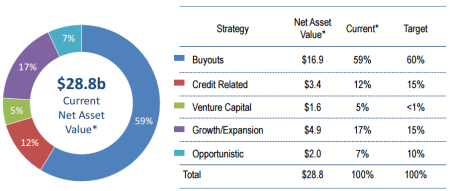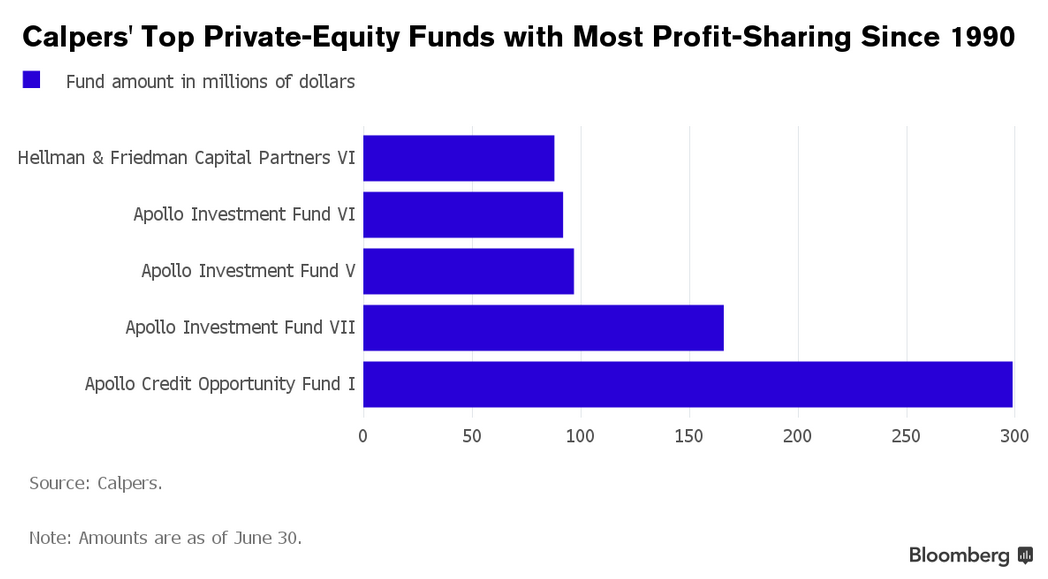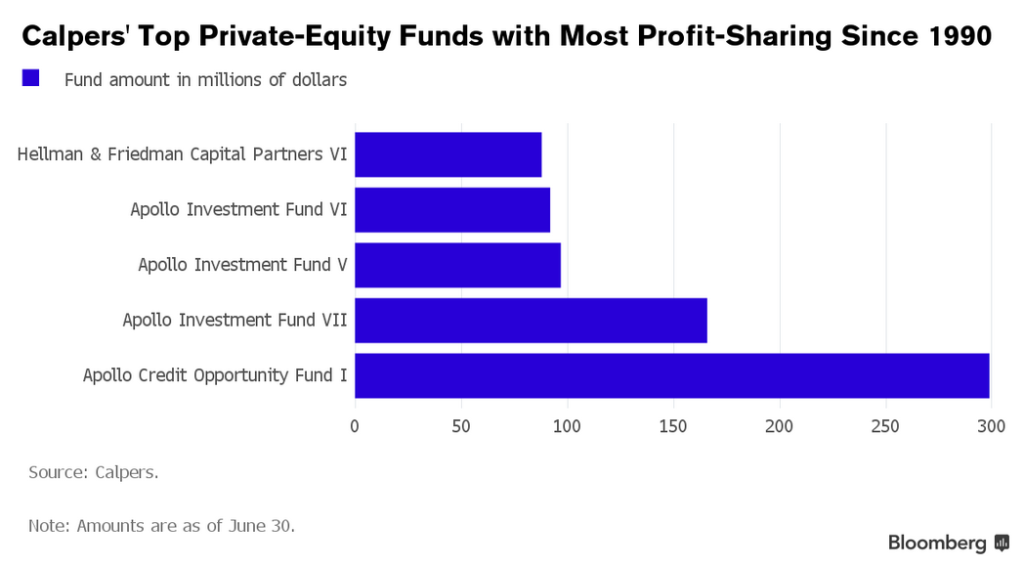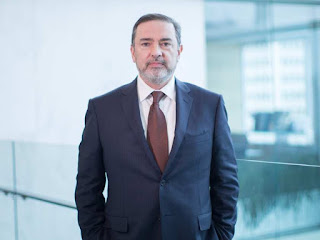
Leo Kolivakis is a blogger, trader and independent senior pension and investment analyst. This post was originally published at Pension Pulse.
Geoffrey Morgan of the National Post reports, TransAlta Renewables gets $200M investment from Alberta fund manager AIMCo:
Alberta’s provincially owned investment management company bought a $200-million stake in a local renewable power provider Monday, the day after the province announced it would phase out coal-fired electricity generation.
Alberta Investment Management Corp., which manages more than $75-billion worth of investments from the province’s government pension funds, bought $200 million worth of TransAlta Renewables Inc. shares Monday from the green-electricity provider’s parent company, TransAlta Corp.
TransAlta Corp. will continue to be the largest investor in the renewables company, and plans to use the proceeds from the sale to pay down its debt.
The deal would make AIMCo the second-largest investor in TransAlta Renewables, with eight per cent of its shares, after parent company TransAlta, which also owns coal-fired power plants throughout Alberta.
AIMCo CEO Kevin Uebelein said in a release that “TransAlta has set forth a bold transition plan that will see it become one of North America’s preeminent clean power companies.”
AIMCo operates at arm’s length from the provincial government, which on Sunday announced a series of new climate change policies that included a 2030 deadline for coal-fired power producers to cut their emissions to zero.
Alberta currently generates 55 per cent of its electricity from coal power, but the province wants to replace two-thirds of that power capacity with renewables by 2030.
Many industry analysts expect utility companies to shut down their coal-fired power plants by that time as a result of the new provincial policies.
Unlike many of its coal-power peers, TransAlta’s shares surged on Monday morning following the government’s announcement. The company’s share price rose nine per cent to close at $5.96.
Trading in the company’s shares was halted leading up to the announcement that AIMCo had acquired a large stake.
RBC Capital Markets analyst Robert Kwan upgraded the company to “sector perform” and said “TransAlta has the potential to benefit from replacement generation.”
TransAlta had been planning to phase out most of its coal generation by 2030 under existing federal regulations, while Edmonton-based competitor Capital Power Corp.’s coal fleet was still expected to operate beyond then.
Kwan said Capital Power is “possibly the biggest ‘loser’ in all of this, but the impact is really far into the future.”
Jeffrey Jones and Jeffrey Lewis of the Globe and Mail also report, TransAlta Renewables acquires wind and hydro assets, sells stake to AIMCo:
TransAlta Renewables Inc. is buying Ontario and Quebec wind and hydro power assets from its parent company, TransAlta Corp., for $540-million and taking on a new big investor: Alberta’s public-sector pension manager.
It’s selling an 8-per-cent stake in the company to Alberta Investment Management Corp., or AIMCo, for $200-million.
TransAlta Renewables, which is currently 76-per-cent owned by TransAlta Corp., is also offering $150-million of shares in a bought deal.
The series of transactions comes a day after TransAlta Corp., Canada’s largest coal-fired power generator, learned that the Alberta government will phase out that form of energy by 2030 under its sweeping plan to fight climate change. The company and a government-appointed negotiator will try to reach an agreement on how to deal with stranded asset value.
It is selling its majority-owned affiliate the Sarnia Cogeneration Plant, Le Nordais wind farm and Ragged Chute hydro facility, adding a total of 611 megawatts of generating capacity. As part of the deal, TransAlta Renewables will issue $175-million in shares to the parent as well as $215-million in unsecured debentures.
The acquisition of long-term contracted generation capacity will support a 5-per-cent increase in dividends, TransAlta Renewables president Brett Gellner said in a statement.
In its budget last month, the Alberta NDP government gave AIMCo, along with other public agencies, a mandate to search out investments in companies that will help the province diversify the economy away from oil and gas.
Kevin Uebelein, AIMCo’s chief executive officer, said the investment is not related to the timing of Alberta’s economic diversification strategy or its climate plan. Still, AimCo is actively scouting for more deals in renewable energy as policies around carbon emissions firm up.
“The short answer is yes,” Mr. Uebelein said in an interview. “As governments move to change the shape of the playing field with regard to carbon taxing and other measures, then these other forms of power generation, the payback calculation will adjust in response to those government actions.”
The AIMCo investment is expected to close on Thursday. As part of the deal, the fund manager gets the right to acquire shares in future financings.
Under the bought-deal financing, TransAlta Renewables will issue 15.4 million subscription receipts at $9.75 each to underwriters led by Canadian Imperial Bank of Commerce and Toronto-Dominion Bank. They will be converted into common shares when the acquisition closes in January, the company said.
Those of you who want to read the details of TransAlta Corporation’s (TSX: TA) $540 million investment by TransAlta Renewables (TSX: RNW) in three of its Canadian assets can click here. Also, AIMCo put out a press release which you can read here.
What do I think of this deal? It’s definitely advantageous to TransAlta Corp. which is suffering from high debt and welcomes the cash infusion. If you ever want to see why you should avoid investing based solely on high dividends, just have a look at TransAlta’s stock over the last five years (click on image):
In fact, 2015 has been a particularly brutal year for TransAlta’s shareholders. Even after Monday’s pop following the Alberta government’s announcement to phase-out of coal generation and accelerate wind and solar power construction, the stock is down more than half this year (but the high dividend yield helped cushion some of that decline). The same goes for TransAlta Renewables Inc. (RNW.TO).
It’s no secret among Canadian portfolio managers that TransAlta Corp. has been poorly managed and that’s why the stock keeps sliding lower. Having said this, if you’re an investor looking for dividend income, I like it better at these levels than where it was a year ago and maybe the company is finally on the right path to a brighter future (that remains to be seen).
As far as AIMCo, the timing of the deal makes it look suspicious but the fund operates at arms-length from the Alberta government and this deal was in the pipeline for months. I think AIMCo is getting in at the right time and investing in renewable energy is a smart long-term play as long as the terms of the deal make sense.
Does this mean we should force green politics on pension funds? Absolutely not! AIMCo didn’t buy a stake in TransAlta Renewables based on green politics, it expects to make money on this deal over the long-run, just like the Caisse expects to make money with its big investment in Bombardier.
On Monday, I had a chance to meet up with Kevin Uebelein, AIMCo’s chief executive officer, here in Montreal where he was on a business trip. The deal was announced after we met but during our lunch, he told me he was waiting for an important email with a big announcement and apologized for checking his phone.
I enjoyed meeting Kevin Uebelein, he’s a very smart and nice guy and he has an interesting background. For those of you who have never met him, here is a picture of him (click on image):
Kevin worked many years at Prudential before moving on to Fidelity Canada and then AIMCo. His experience with a huge insurer prepared him well for managing a major Canadian pension fund as insurance companies are also in the business of managing assets with liabilities.
We talked about many things, most of which will remain off the record, but I’ll share with you a story I liked. He told me about the time Japanese life insurers got whacked hard when the real estate market cratered in Japan in the early nineties. He told me that investment banks and hedge funds came in to buy properties 10 cents on the dollar and they made off like bandits.
He was able to structure a deal to sell properties of Japanese life insurers Prudential was acquiring at 30 cents on the dollar and he told me it was the first time he realized who was at the other end of the insurance policy and why what he was negotiating mattered a lot. He added: “I want everybody at AIMCo to realize who is at the other end of the pension fund and why what we do matters.”
Kevin also told me he wants to attract more people to Edmonton (no easy feat) as well as hire the cream of the crop from Alberta’s universities. I gave him an idea to create an intern program where students and even new hires with little experience are exposed to operations across public and private markets so they understand the two cultures and how it all fits into the bigger picture of a pension fund.
What else can I share with you? He told me he doesn’t believe that a CEO of a major pension fund can carry the CIO hat as well, “especially when you have different clients like we do at AIMCo.” I completely agree and told Gordon Fyfe a long time ago to drop his CIO duties (which he never did because that was the fun part of his otherwise hectic and stressful job) and focus solely on his CEO duties.
At AIMCo, Kevin appointed Dale MacMaster as the chief investment officer. And unlike Roland Lescure at the Caisse who oversees public markets, MacMaster oversees the entirety of AIMCo’s $80 billion portfolio, which is a huge job since he was previously executive vice president for public market investments, a role he held since 2012.
Every CEO of a major pension fund should take note (including Gordon Fyfe who held on to both hats at bcIMC). If you’re in charge of billions, make sure you hire a qualified CIO who can oversee and allocate risk across public and private markets. If this pisses off some of your senior people, tough luck, let them deal with it.
Is it easy finding a very qualified CIO who can fulfill these duties? Of course not. People like Neil Petroff and Bob Bertram who held this position at Ontario Teachers aren’t exactly a dime a dozen. But in my mind, it’s crazy and highly irresponsible to have all the investment people report to the CEO and not to a dedicated CIO whose sole job is to oversee all investments.
What else? On real estate, Kevin told me AIMCo’s Alberta properties are going to get marked down but he expects nice deals to open up in that market over the next few years and they still have class A properties with solid tenants providing them steady income.
All in all, I came away with a very positive view of Kevin Uebelein. He’s a very nice man who thinks through his decisions and always stresses process over performance. He isn’t averse to taking smart risks but he wants to understand the risks AIMCo’s staff are taking across public and private markets.
That was that, I enjoyed our lunch, told him I’d love to keep in touch and he went off to meet more important people. Still, I thought it was very nice of him to take some time to meet me. I also told him to say hello to Gordon Fyfe the next time they meet and he told me he saw him at conference last month where he looked “extremely relaxed” (Victoria suits Gordon a lot more than Montreal where running PSP had huge payouts but a lot more stress).
Photo credit: “Canada blank map” by Lokal_Profil image cut to remove USA by Paul Robinson – Vector map BlankMap-USA-states-Canada-provinces.svg.Modified by Lokal_Profil. Licensed under CC BY-SA 2.5 via Wikimedia Commons


